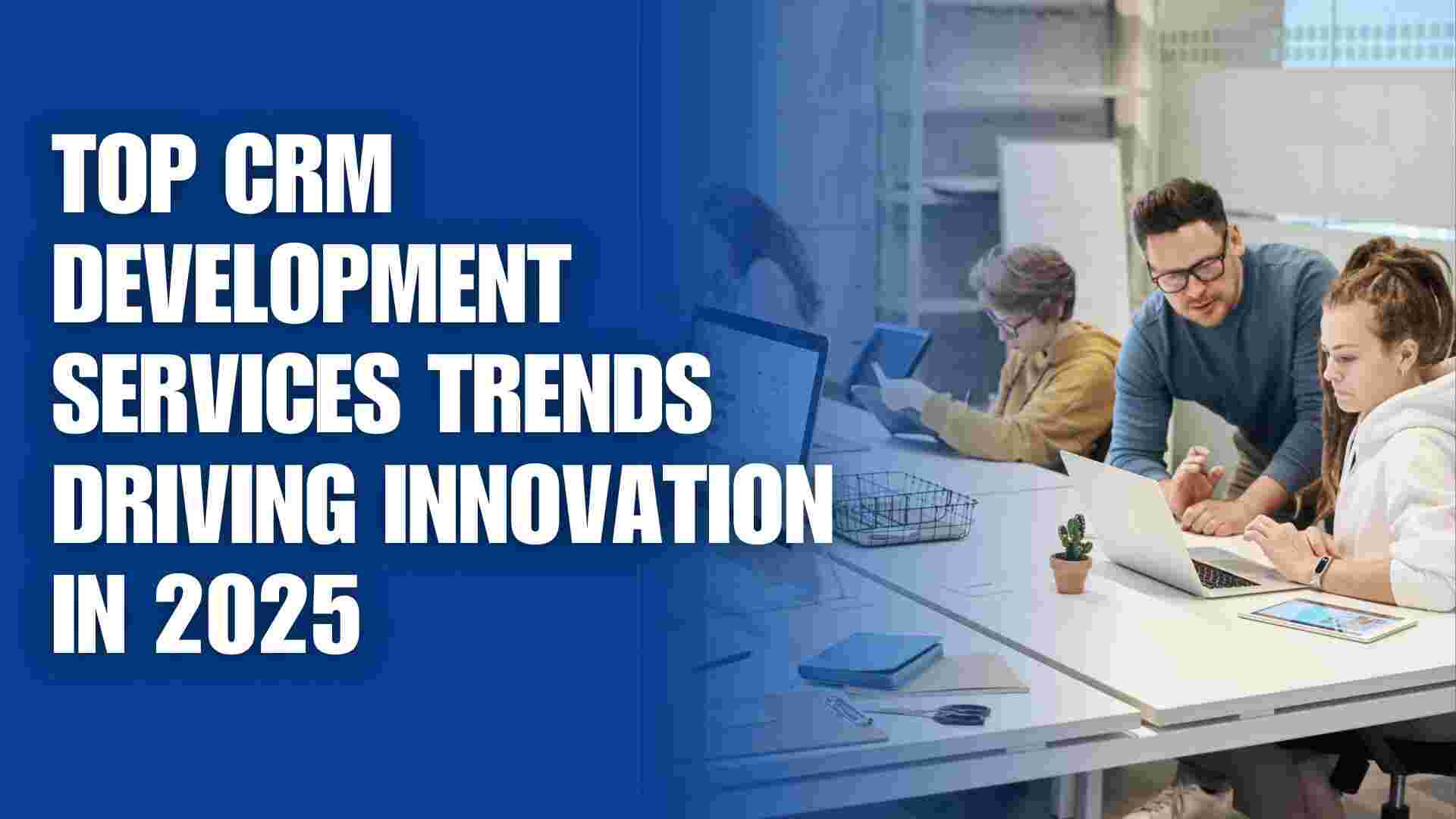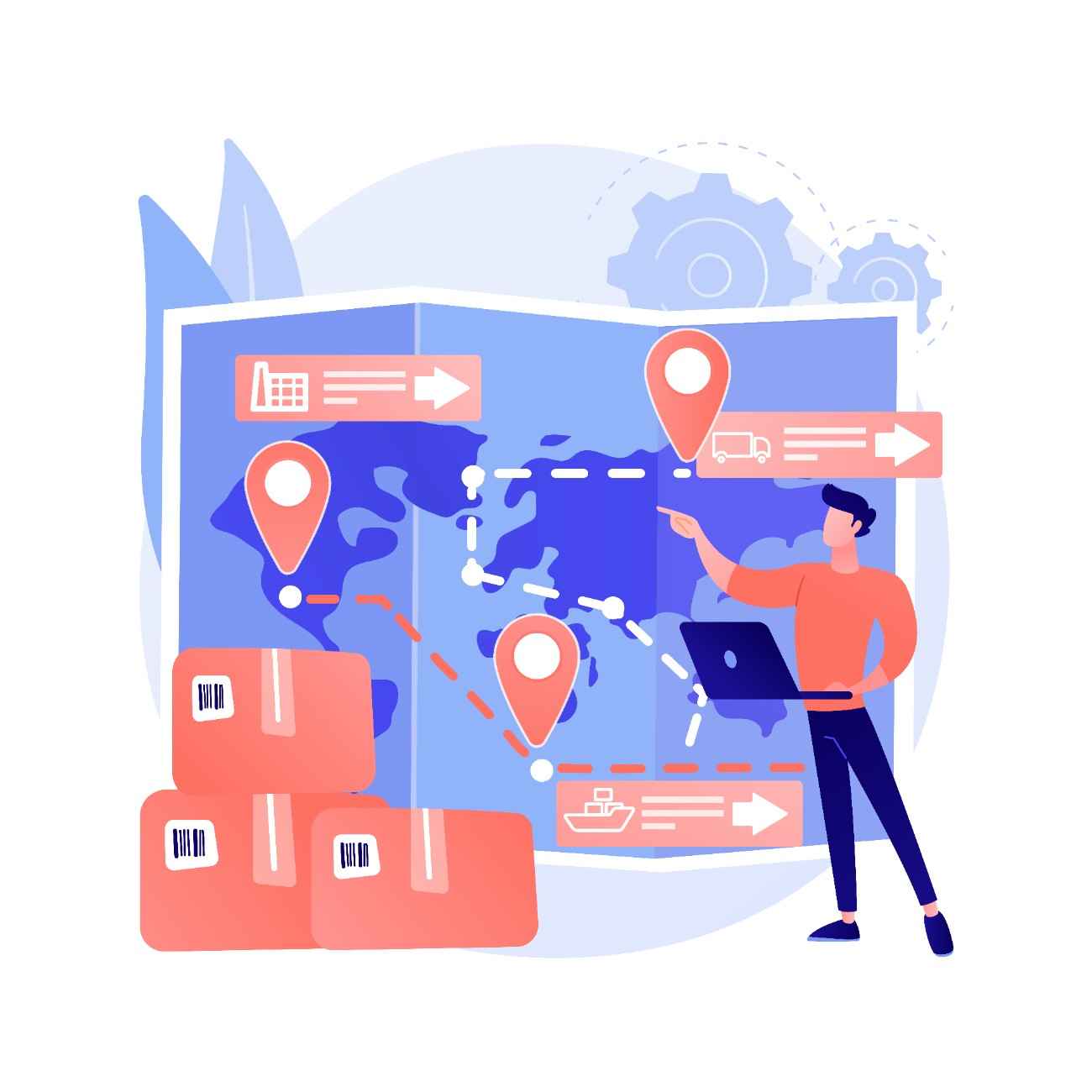
Top CRM Development Trends in 2025
In 2025, CRM development services use AI, cloud, and analytics to enhance customer engagement, boost efficiency, and drive business growth.











© 2024 Crivva - Business Promotion. All rights reserved.